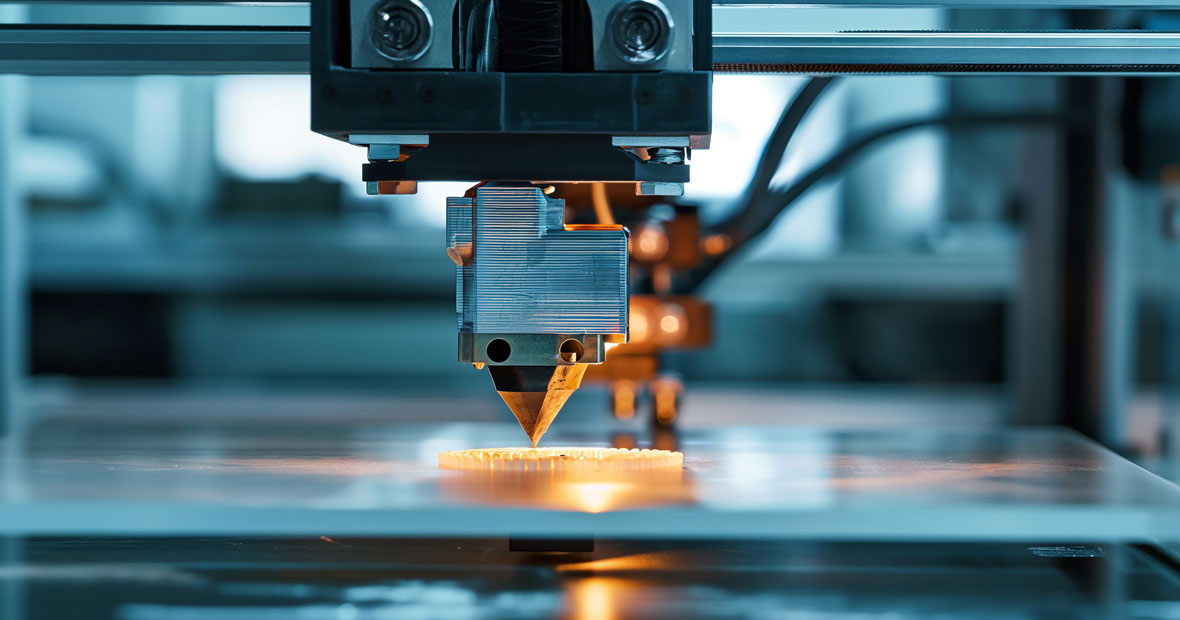
Precision prototyping, a concept often overlooked, plays a pivotal role in the realm of product design. It serves as a bridge, elegantly connecting abstract ideas with tangible, functional prototypes. More than just a physical model, a precision prototype enhances the overall user experience, offering a sneak peek into the final product. Aside from its role in improving user interaction, it proves to be a cost-effective and time-efficient method in the design process. As the journey from conception to prototyping unfolds, various techniques come into play—rapid prototyping, CNC machining, 3D printing—all contributing to the production of high-quality parts.
Role of Precision Prototyping in Product Design
Initiating the journey of product design with a precision prototype is a commendable strategy to ensure the functionality and high-quality of the final product. Precision prototyping, a crucial aspect of product design, is the practice of developing functional prototypes that accurately represent the final product. It involves the use of sophisticated engineering technology to create accurate, high-quality prototypes that serve as the blueprint for the actual product. For more details click here.
Transforming Ideas into Functional Prototypes
Precision prototyping takes an idea and, through meticulous design, transforms it into a tangible product. It allows designers to visualize and evaluate their designs before investing in full-scale production. By creating a functional prototype, potential design flaws are identified early in the development process, saving time, reducing costs, and ensuring the final product meets the desired quality standards.
Enhancing User Experience through Design Prototyping
Design prototyping goes beyond just creating a physical model. It also plays a crucial role in enhancing the user experience. By creating a precision prototype, designers get a clear understanding of how the product will function and interact with its users. This understanding allows them to refine their design, improving the product's functionality and ultimately the user experience.
Cost and Time Efficiency in Prototype Design
Precision prototyping contributes to cost and time efficiency in product design. By identifying and rectifying design flaws at the prototype stage, companies can avoid costly modifications later in the production process. Similarly, by testing the functionality and usability of the prototype, the time taken to bring the product to market can be significantly reduced.
Prototyping Techniques for Manufacturing Precision Parts
The ability to bring design concepts to life through precision prototyping remains a game-changer in the manufacturing industry. It helps in the production of high-quality prototypes, that closely mirror the final product. This is vital in assessing the feasibility of the design, saving both time and resources.
Rapid Prototyping for High-Quality Part Production
Rapid prototyping serves as a versatile tool in the production of quality parts in record time. With this process, manufacturers can swiftly transform a digital blueprint into a tangible model, enhancing efficiency and productivity. It offers a comprehensive visual and tactile experience, which aids in the detection and rectification of design flaws early in the production cycle.
CNC Machining in Precision Prototyping
Computer Numerical Control (CNC) machining is another critical aspect of precision prototyping. It involves the use of pre-programmed software to control the movement of factory machinery and tools. This level of automation not only accelerates the manufacturing process but also ensures the production of high-precision parts. The high repeatability and accuracy of CNC machining contribute to its merits in prototyping.
3D Printing for Detailed Prototypes
3D printing, or additive manufacturing, has revolutionized the landscape of prototyping. It enables the creation of three-dimensional prototypes from a digital file, layer by layer. This technology can produce complex structures with a high level of precision. Moreover, 3D printing offers a cost-effective solution for creating highly detailed prototypes and has become an indispensable tool in the modern manufacturing process.
Material Selection for High Fidelity Prototypes
In the realm of precision prototyping, the selection of the appropriate material plays a pivotal role in ensuring the high fidelity of prototypes. The right material not only affects the final cost of the project but also the functionality and quality of the prototype. A comprehensive guide sheds light on how to discern the best material for high fidelity prototypes, tailored to the unique requirements of each project.
Utilizing User Feedback in Prototype Development and Testing
The development of a precise prototype requires critical attention to user feedback. It's a strategic process that informs the direction of product development and testing.
Role of User Test in Improving Prototype Functionality
In a world where technology is constantly evolving, user testing is a vital component in the development of a successful product. This testing stage, where users engage with the prototype, provides invaluable feedback. The team utilizes this feedback to refine the product, ensuring it meets the needs and expectations of the end user.
Feedback-driven Prototype Refinement
Feedback is more than just a tool; it's the steering wheel that directs the development team towards creating a product that truly resonates with users. By meticulously analyzing user feedback, development teams can pinpoint areas of improvements and implement changes in a way that enhances user experience.
Integrating User Experience in the Final Product Design
It's not enough to simply create a product; the product must provide a seamless user experience. By integrating user experience into the final product design, businesses can ensure their product not only meets user needs but exceeds their expectations. This commitment to user experience is what sets successful products apart in the competitive market.